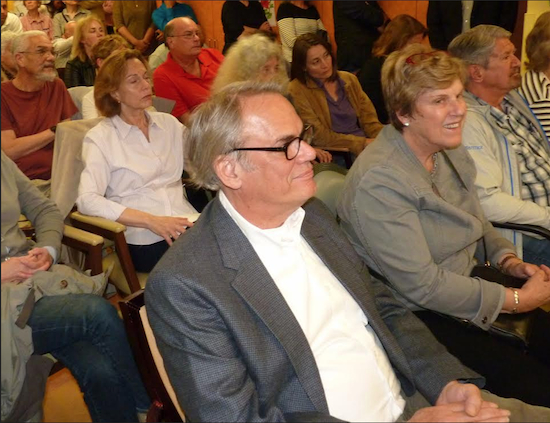Cobble Hill residents vow to fight Fortis plans for LICH site

Roughly 100 Cobble Hill residents gathered at the Cobble Hill Health Center Tuesday night for a meeting called by the Cobble Hill Association (CHA) to discuss the plans revealed to date by Fortis Property Group for the Long Island College Hospital (LICH) site.
CHA President Roy Sloane opened the meeting by saying its purpose was to get “community consensus” concerning the Fortis proposals, and that what was needed was information on a block-by-block basis about the impacts the proposals would have. He urged those attending to go to their neighbors and ask how they believe the plans will affect them either negatively or positively.
Sloane then gave a presentation with visuals of the plans as presented by Fortis to date. The first is the plan for what could, given applicable zoning restrictions, be built “as of right.” This includes a 44-story tower, several smaller buildings and a large area to be used for open air parking.
